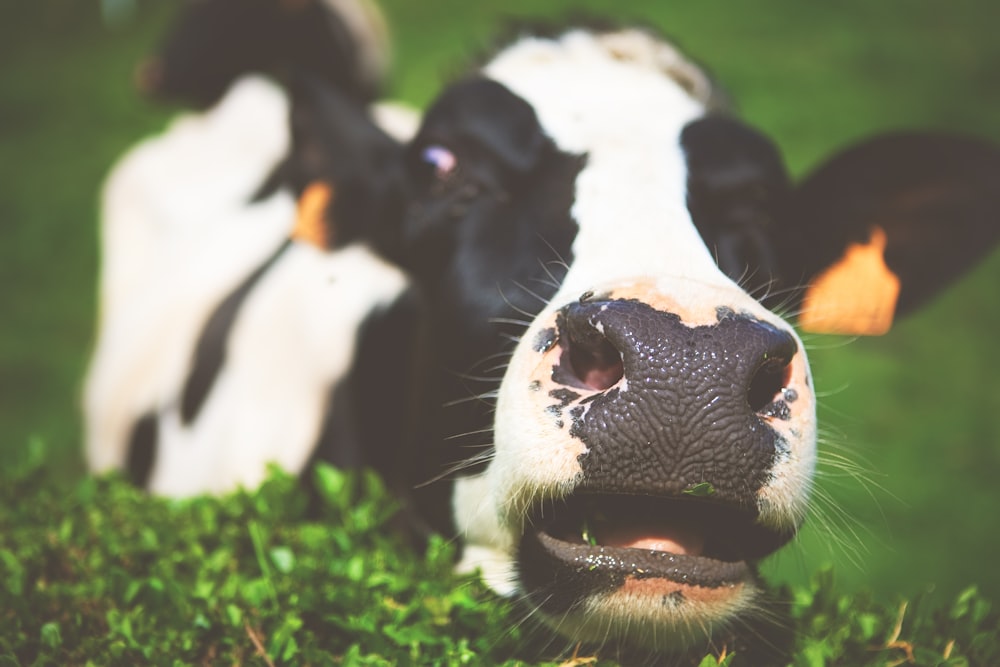Disruption is taking place all over the country. One of the areas that it appears to have taken a significant toll is in New Jersey within its dairy industry.

In the 1950s New Jersey accounted for approximately 500 dairy farms. In 2007, it could account for just 225. Now in 2019 that number has fallen dramatically to just 47 dairy farms.
The industry in total sales of milk and of milk cows came to just $27 million. Compared to sales from blueberries ($84 million), peaches ($44 million) and tomatoes ($39 million), milk is way down there.
During the summer of 2018, the New Jersey Department of Agriculture held a summit.
Even though the farmers gathered together in October, it didn’t seem that they were able to put something together on the table that would stay the dwindling number of dairy farmers.
Farmers sell their milk to processing plants or co-ops which pasteurize, homogenize, and bottle and distribute the milk. The price the processors pay the farmers is set by the United States Department of Agriculture through its Federal Milk Marketing Order [FMMO].
The problem is the amount that processors pay American farmers, which fell from $24 for 12 gallons of milk in 2014 to approximately $14 to $16 for 12 gallons of milk in 2015.
It comes down to simple math: the amount that it costs to produce 12 gallons of milk is between $18 to $20.
On top of that, consumers are turning to non-dairy choices. Almond, soy and coconut milk have grown by about 61% since 2012. Now dairy sales have fallen by 15% during the same period.
Most of the 47 remaining dairy farms in New Jersey are family-run farms.
Considering all of that, the wonderful state of New Jersey is taxing farmers some of the highest property taxes on agricultural land in the country. Go figure that one. So much for the Garden State. So going into 2019, New Jersey’s milk farmers continue to face some very difficult decisions probably in the near future.
